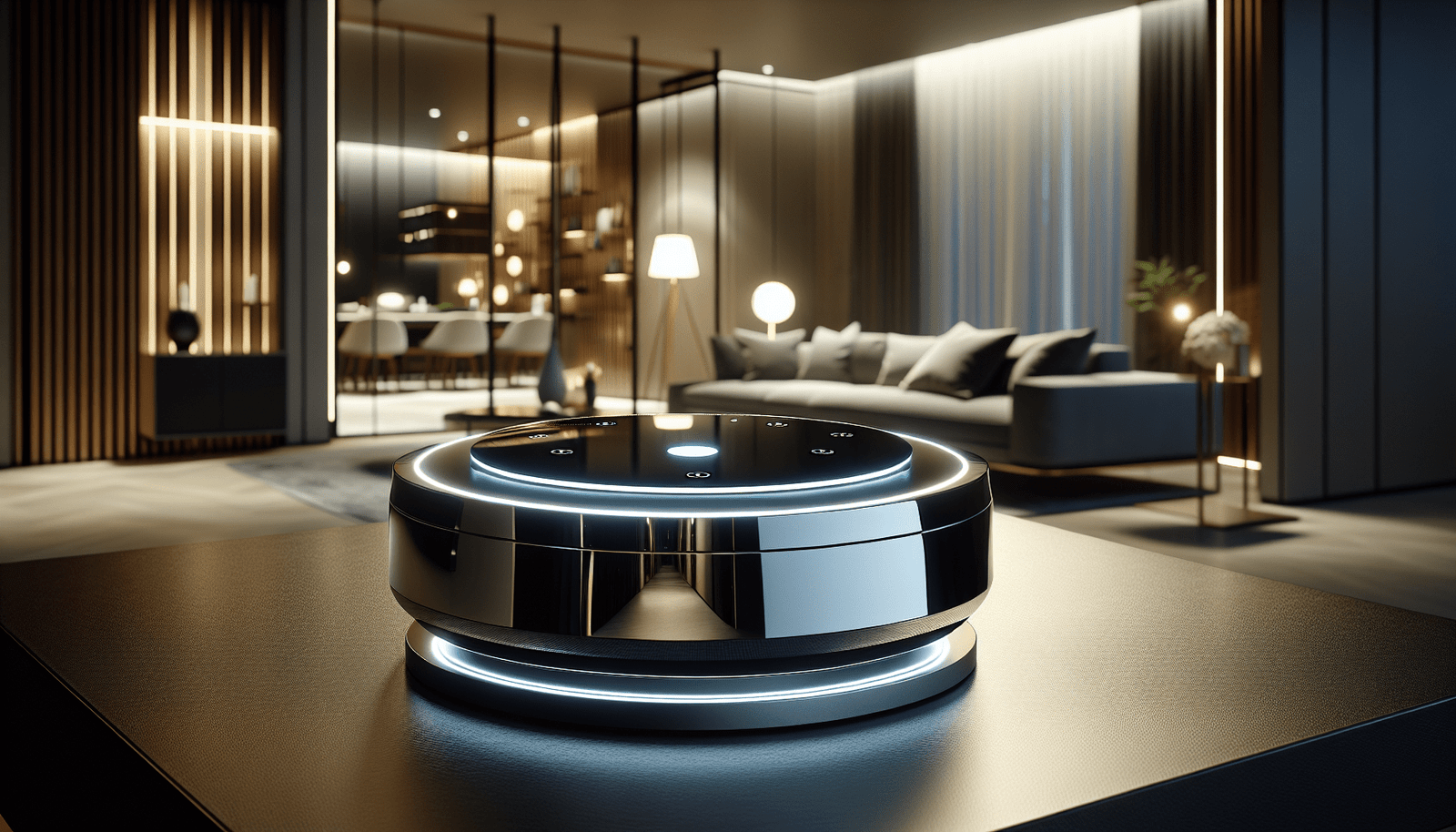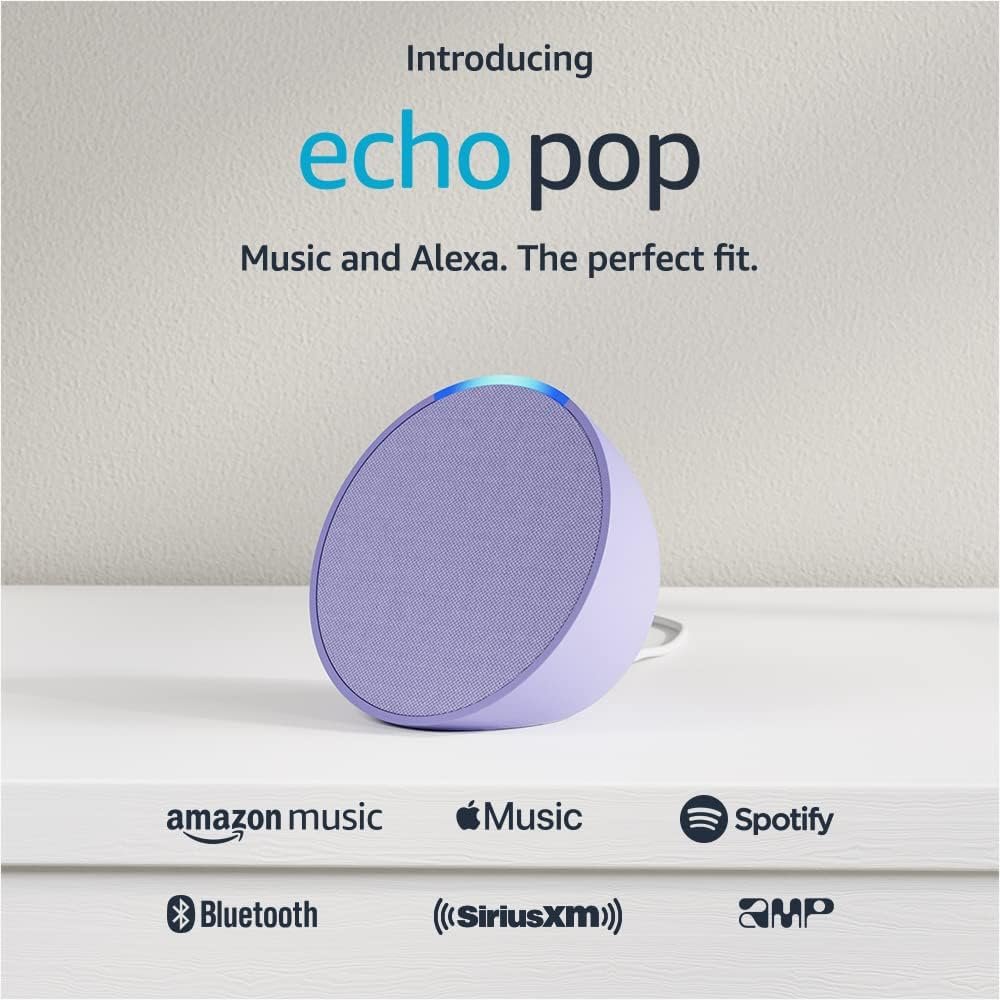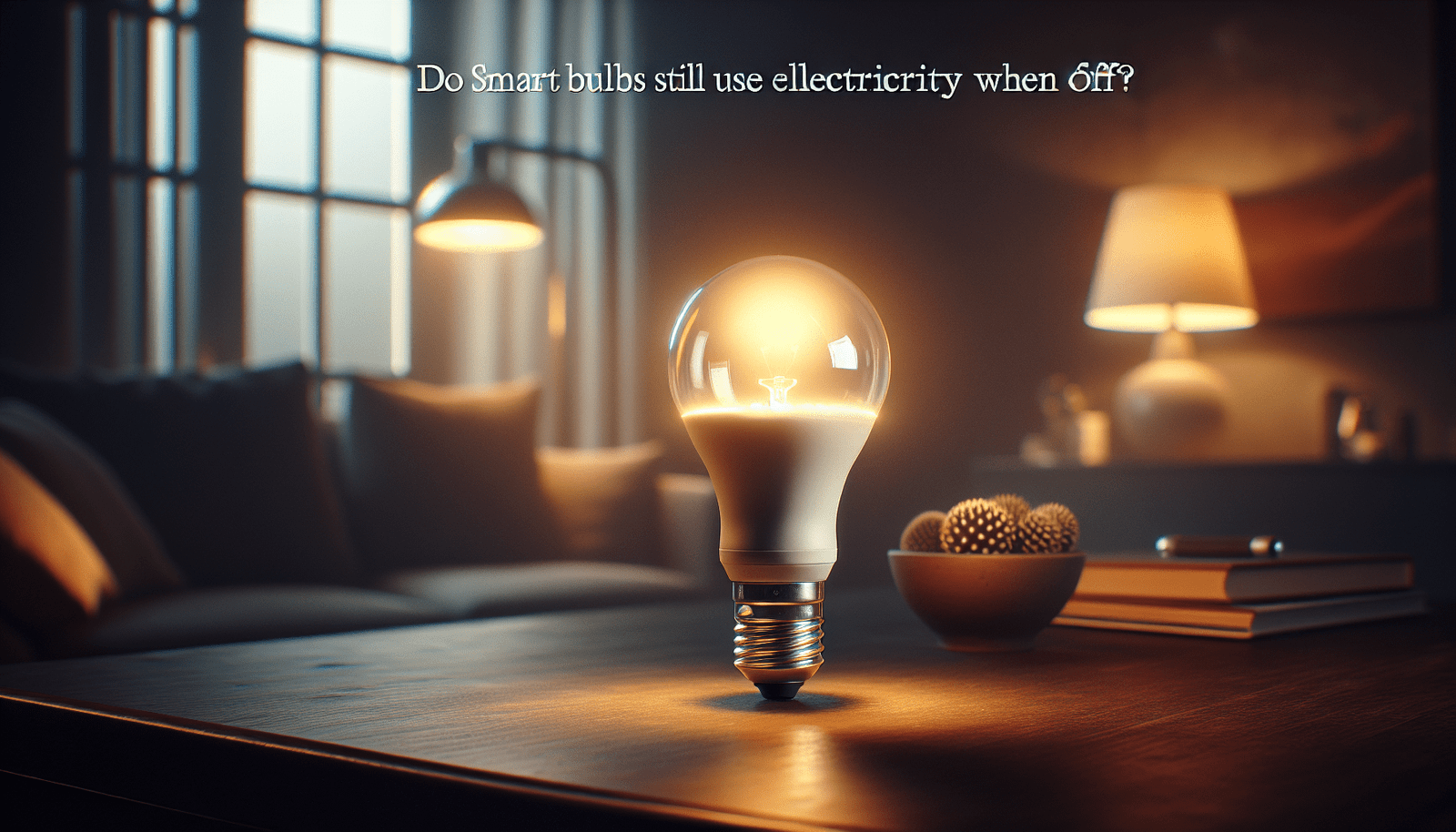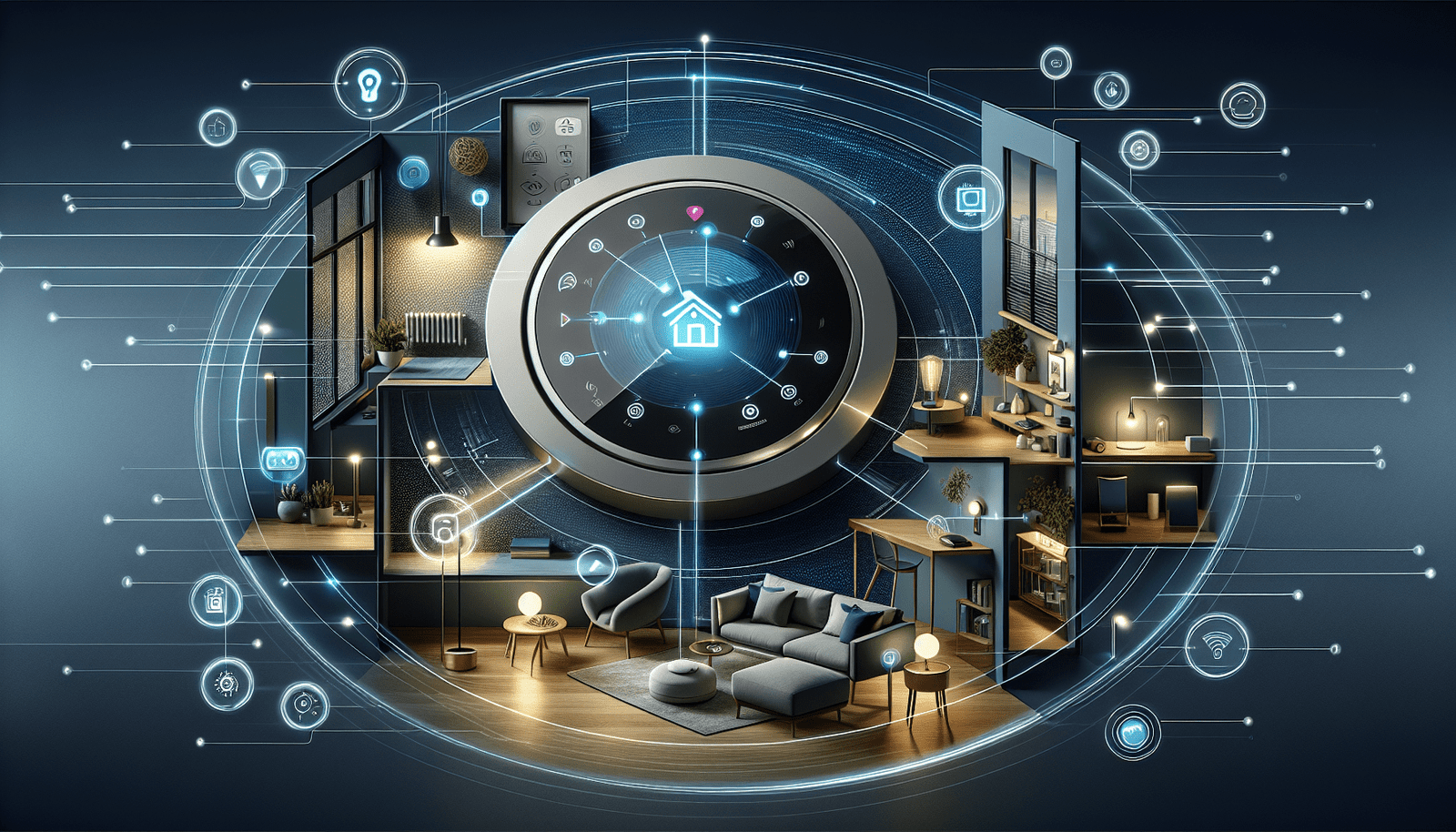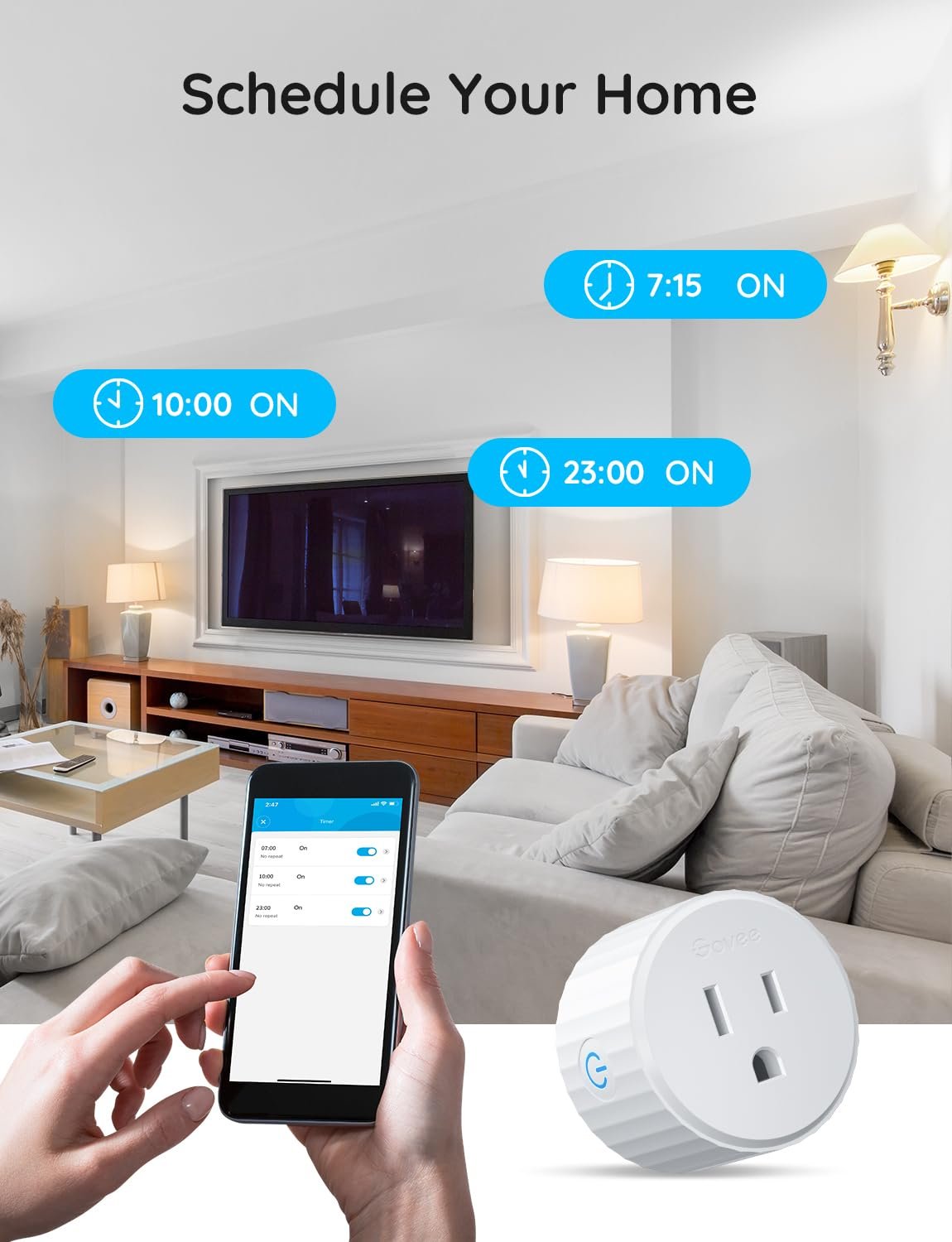Are you wondering how a smart hub can transform your daily living experience? Whether you’re a tech enthusiast or a beginner dipping your toes into the world of smart home devices, understanding the role of a smart hub is crucial for enhancing the potential of your smart ecosystem. In today’s technology-driven world, smart hubs have become the backbone of many smart homes, harmonizing various devices and making life more connected and convenient.
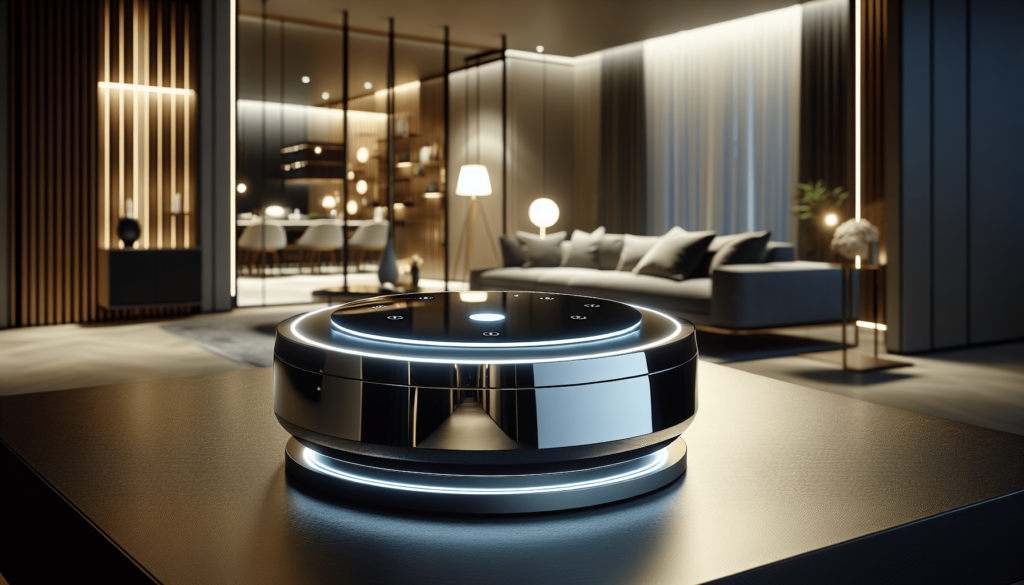
Understanding Smart Hubs
Smart hubs are central devices that connect and manage all your smart home gadgets, allowing them to communicate with one another. These hubs act as the brain of your smart home and are designed to streamline your smart devices for seamless interaction. By using a smart hub, you can control multiple devices from a single interface, simplifying your everyday tasks.
Difference Between Smart Hubs and Smart Speakers
It’s important to distinguish between smart hubs and smart speakers, as they serve different purposes. Smart speakers, like the Amazon Echo or Google Nest, primarily focus on providing voice-activated assistance and entertainment. They often come with a virtual assistant like Alexa or Google Assistant, capable of answering questions, playing music, and more. In contrast, smart hubs are more about home automation and connecting various devices to work in unison.
The Role of a Smart Hub in Your Smart Home
A smart hub acts as a conductor in a tech orchestra, directing all connected devices to act in harmony. Whether it’s adjusting your thermostat, dimming your lights, or locking the doors, a smart hub enables these actions simultaneously with a simple command. This integration is what truly defines a smart home.
Benefits of Using a Smart Hub
Smart hubs offer a variety of benefits that can enhance comfort, security, and efficiency in your home. These benefits are not limited to just convenience but extend to energy-saving and robust security.
Seamless Control and Convenience
One of the main advantages of a smart hub is the ability to control all your devices from a single platform. This type of centralized control is not only convenient but also provides a more streamlined user experience, cutting down the need to use multiple apps for different devices.
Enhanced Home Security
With a smart hub, you can integrate security cameras, sensors, and alarms, creating a comprehensive security system that you manage from your smartphone. It can notify you of unusual activities or when a door is left unlocked, providing peace of mind whether you are home or away.
Energy Efficiency
Smart hubs allow you to manage your energy consumption more efficiently. By integrating with smart thermostats and lights, you can set schedules or turn devices on and off as needed to reduce energy waste. Over time, this can lead to significant cost savings on your energy bills.
Choosing the Right Smart Hub for Your Home
With so many options available, selecting the right smart hub for your specific needs can feel overwhelming. However, understanding your requirements and evaluating the features of different hubs can make this process easier.
Factors to Consider
When choosing a smart hub, consider compatibility, range, user interface, and the ecosystem you are invested in. Ensure that the hub you select supports your existing devices and the protocols they use, such as Zigbee, Z-Wave, or Wi-Fi.
Popular Smart Hubs Compared
To help you make an informed decision, here’s a comparison of popular smart hubs:
| Feature | Samsung SmartThings | Hubitat Elevation | Google Nest Hub |
|---|---|---|---|
| Compatibility | Wide | Wide | Limited |
| Protocol Support | Zigbee, Z-Wave | Zigbee, Z-Wave | Wi-Fi |
| User Interface | App-Based | App-Based | Voice-Control |
| Ecosystem | Neutral | Neutral | Google-Centric |
Each of these hubs has its own strengths depending on what you’re looking to prioritize, such as ease of use, integration capabilities, or ecosystem compatibility.
Setup and Optimization Guide
Once you’ve selected a smart hub, setting it up correctly and optimizing its use are your next steps to getting the most out of your investment.
Setting Up Your Smart Hub
-
Placement: Position your smart hub in a central location in your home to ensure optimal range for all connected devices.
-
Connect Devices: Pair all your smart devices with the hub by following the manufacturer’s instructions.
-
Configuration: Use the hub’s app or web interface to name devices, set up rooms, and create automation rules.
Optimizing Your Smart Hub
-
Schedule Automations: Create routines that automate daily tasks, like dimming lights at bedtime or turning off unnecessary devices when you leave your home.
-
Integrate Voice Assistants: If your hub supports it, connect a voice assistant to enable hands-free control for even greater convenience.
-
Regular Updates: Keep your hub and its connected devices updated with the latest firmware to ensure security and performance enhancements.
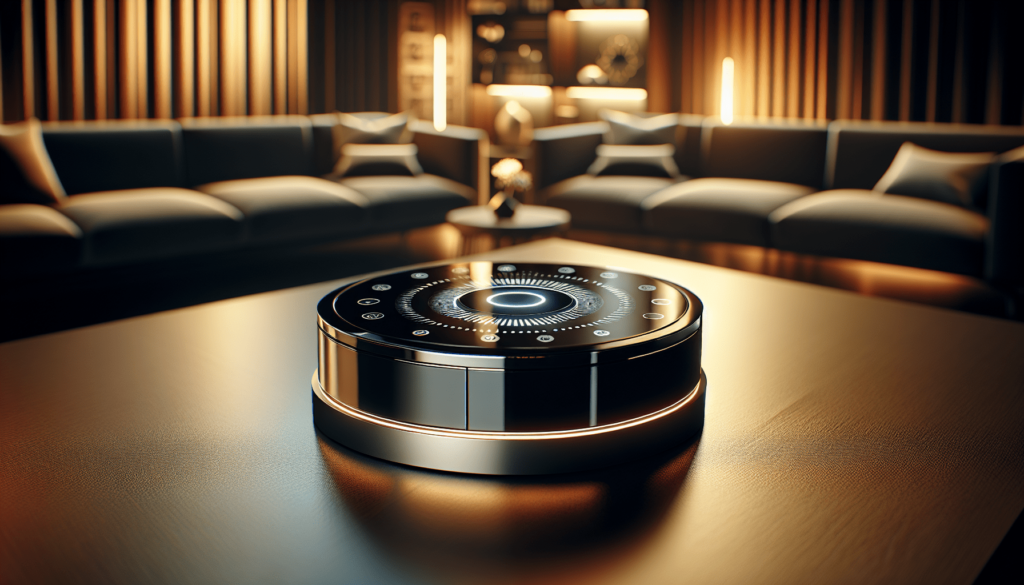
Addressing Common Concerns
As with any technology, smart hubs come with concerns, particularly regarding privacy, security, and energy consumption.
Privacy and Security
Smart hubs can pose privacy concerns related to data collection and device monitoring. To mitigate these risks:
-
Review Permissions: Evaluate what data your hub is allowed to collect and share. Adjust privacy settings to your comfort.
-
Strong Security Measures: Use secure passwords and enable two-factor authentication where possible. This adds an additional layer of security to your system.
Energy Consumption
While smart hubs themselves consume minimal energy, the connected devices can add up. Ensure your smart home is designed with efficiency in mind by using energy-saving settings and monitoring usage.
Conclusion
Smart hubs are an essential component for creating an efficient, automated, and easy-to-control smart home environment. From managing home security to streamlining daily tasks and saving energy, the capabilities of smart hubs are vast and continually evolving. As you embark on your smart home journey, consider your needs and preferences to choose the best hub that will integrate all your devices and meet your lifestyle demands. Remember, the key to a successful smart home setup lies in understanding your system’s capabilities and limitations, optimizing your device integrations, and staying informed about new technologies and trends.
Disclosure: As an Amazon Associate, I earn from qualifying purchases.
